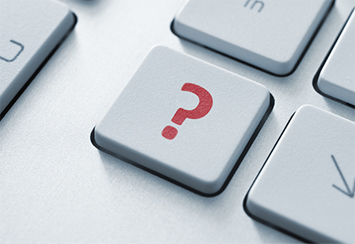How is public transportation in Tokyo?
Tokyo is covered by an excellent network of very punctual train, subway and bus lines, which are operated by many different companies. The train lines operated by JR East and the subway lines are most convenient for moving around central Tokyo. Tokyo’s subway network is operated by two companies, the Toei Subway with four lines, and Tokyo Metro with nine lines. Something that might confuse foreigners is that at the terminal stations, the trains of some subway lines move directly onto the tracks of different suburban train lines, so in effect, the same train operates on two different lines. For example, the Chiyoda Subway Line is directly connected with the suburban Odakyu Line at Yoyogi-Uehara Station, and trains on the Fukutoshin Subway Line continue to run on the tracks of the Tokyu Toyoko Line at Shibuya Station. In order to pay train fares we would encourage you to purchase a card that can be prepaid (Suica for JR, or Pasmo for subways) for JPY 500 and “charge” it with a few thousand yen. With this card you can simply place it against the turnstile when you enter, and again when you leave, and it will automatically calculate and deduct your fare from the amount you have charged the card with.
So you will no longer need to worry about knowing the exact fare, and buying the correct ticket, for any short trip you take in Tokyo. Also, the Suica card can also be used for subways, as can the Pasmo card for the JR. However, the Suica card can only be charged at a JR station, and likewise a Pasmo card can only be charged at a subway station. The charge machines have English guidance.
When you leave Japan return the card and they will refund the 500 yen. Besides JR East and the two subway companies, most other railway companies connect Tokyo with the metropolis’ outer regions and surrounding prefectures. The main bus company that operates in Tokyo is called Toh Bus (To Basu), and there are 138 routes at the moment.



